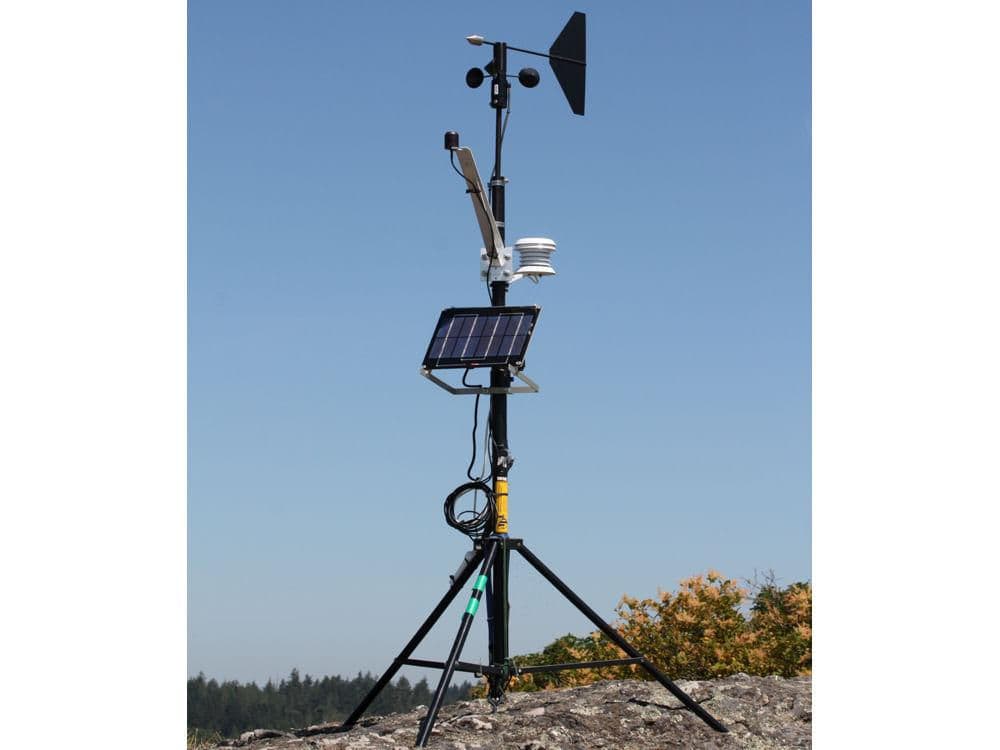One of the principal foundations of science is measurement – the ability to determine what has happened or what is happening. The accuracy required of the measurement is frequently determined by the technical or economic significance of the phenomenon being measured. The precision required of the measurement is frequently determined by the magnitude or volatility of the phenomenon being measured. The reliability of the measuring system becomes a critical factor when the phenomenon being measured cannot be reproduced; or, can be reproduced only at great expense or over a long period of time.
Climate science involves the study of a number of phenomena which are of potentially great technical and economic significance, occur over relatively long periods of time, are of relatively limited magnitude and cannot be reproduced. Therefore, climate science would appear to be a field in which measurement accuracy, precision and reliability are all critical to an accurate understanding of the phenomena being studied. It is difficult not to be skeptical of a field of science in which measurement accuracy, precision and reliability are not taken seriously, despite the potential impacts of the phenomena being studied.
Global governments are spending billions of dollars each year on climate research, yet there is still no global network of accurate and reliable near-surface temperature measuring stations or sea surface temperature measuring stations capable of providing accurate and reliable measurement of the temperature change referred to as global warming. The US government has been operating a network of more than 100 highly accurate and reliable near-surface temperature measuring stations (the US Climate Reference Network) for more than 10 years. However, this network has yet to be replicated globally. The state-of-the-art floats and buoys used for sea surface and sub-surface temperature measurement are very limited in number; and, are not uniformly distributed to assure proper global coverage. Continued reliance on ship engine cooling water inlet temperature measurements and temperatures measured in buckets of sea water lifted to the ships’ decks is hardly consistent with the rigorous pursuit of important science.
The satellite era has brought new measurement technologies for temperature measurement, sea level measurement, land and sea ice measurement and other factors of interest to climate science. These satellite-based measurements offer nearly global coverage. However, the focus of the climate science community remains on the surface and near-surface measurements, despite their documented inaccuracies and non-uniform coverage. The exception is the measurement of sea level change, for which the satellite-based measurements are the primary focus, despite the very large and unexplained differences in the rate of sea level rise measured by the satellite-based systems compared to the ongoing measurements provided by coastal measuring stations, some of which have been providing measurements for more than 100 years.
The conscience of this skeptical engineer cannot condone basing a vast scientific “consensus”, with worldwide implications for the lives and livelihoods of billions of people, on half-vast measurements.
